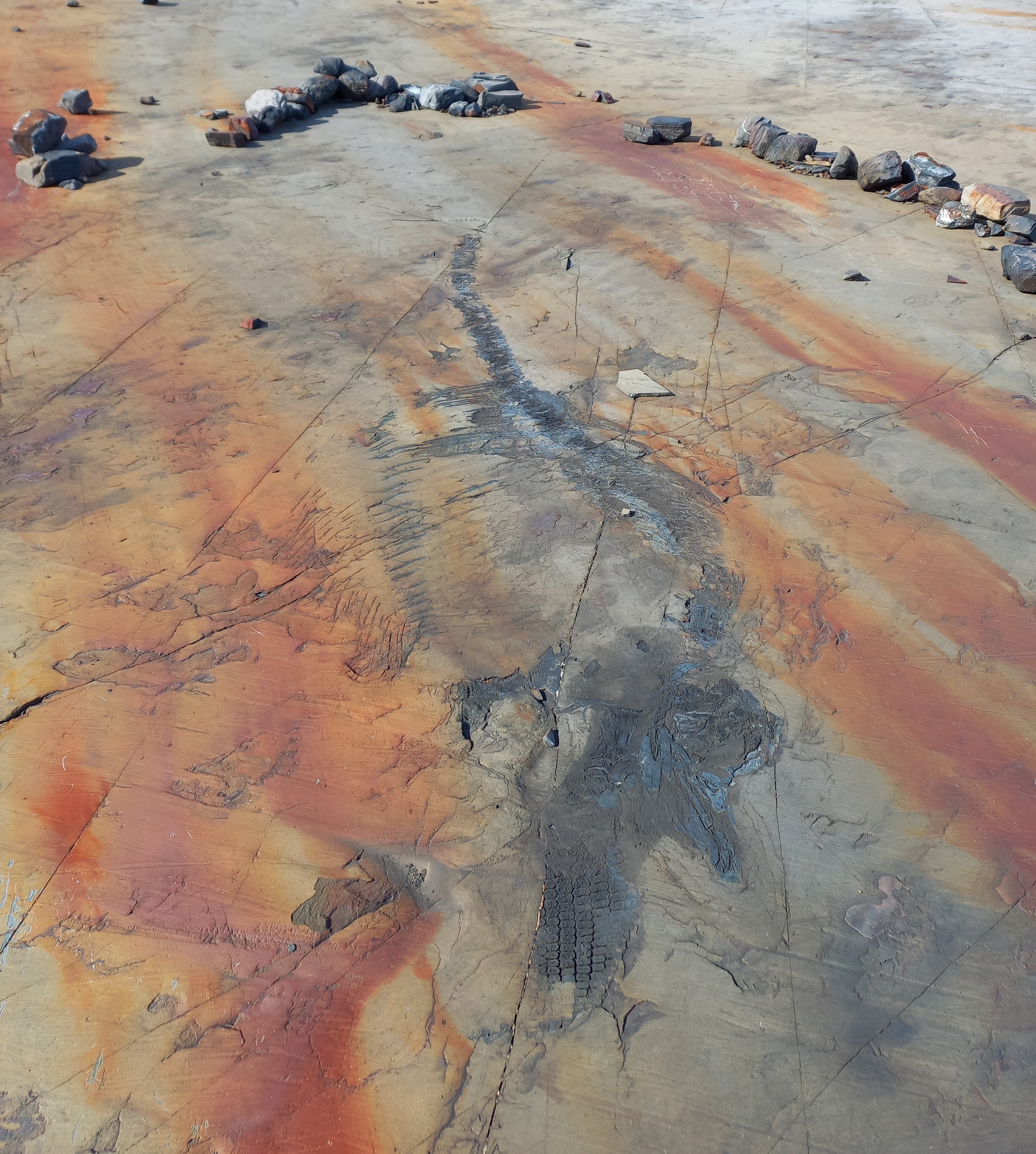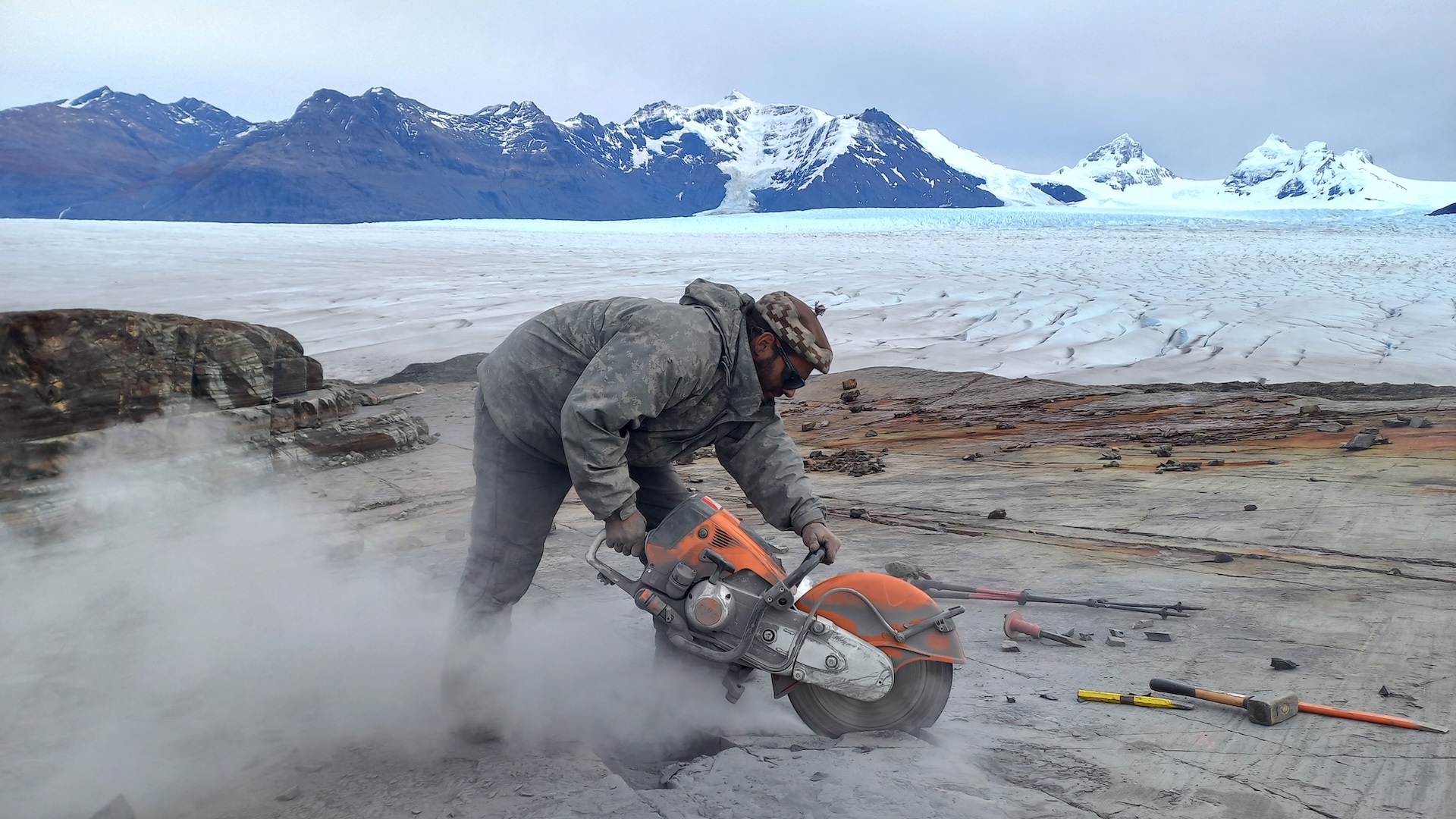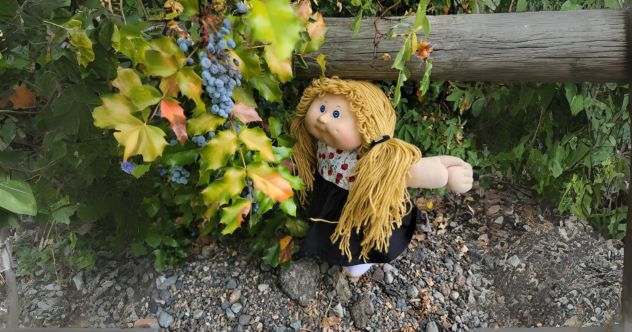A CT scan of an ancient marine reptile that was entombed while pregnant has revealed a huge surprise — there were two fetuses inside her fossilized remains.
“Twins! She has another baby,” Judith Pardo-Pérez, a paleontologist at the University of Magallanes in Chile who first discovered the fossil in 2009, told Live Science, adding that she plans to release more details of this discovery in a forthcoming research paper.
Sixteen ago, researchers working in southern Chile’s Torres del Paine National Park struck paleontological gold, unearthing the fossilized remains of a pregnant ichthyosaur — a dolphin-like predator that patrolled the seas for most of the Mesozoic era (252 million to 66 million years ago).
The ichthyosaur was preserved in exquisite detail, and included the approximately 6-inch-long (15 centimeters) skeleton of an unborn fetus, the researchers initially reported.
The fossil was first discovered in 2009 when Pardo-Pérez was working as a doctoral student. When she returned to the site a year later, she noticed unusual bones between the ribs of the main fossil, indicating the presence of a fetus — but it wasn’t until 2022 that the pregnant ichthyosaur, dubbed Fiona, was fully excavated.
Now, Pardo-Pérez and colleagues have carried out a full analysis of the fossil. Their findings were published Feb. 25 in the Journal of Vertebrate Paleontology.
Related: The world’s largest ichthyosaur may have just been discovered in the Swiss Alps

The ichthyosaur, which lived approximately 131 million years ago, is estimated to have been around 11.5 feet (3.5 meters) long. Its remarkable preservation is attributed to the rapid burial of the carcass in sediment, coupled with a lack of scavengers, likely due to low oxygen levels on the seafloor, according to the study. Researchers identified it as Myobradypterygius hauthali, a species previously known from other fragmentary remains.
This find represents the third instance of a pregnant ichthyosaur from the Cretaceous period (145 million to 66 million years ago), although pregnant ichthyosaurs dating to the Jurassic and Triassic periods have also been found. The fetus’ vertebrae, measuring approximately 0.6 inches (1.5 cm) in height, are surprisingly large in proportion to Fiona’s 11.5-foot length. The researchers feel that M. hauthali may have given birth to relatively large babies.
Although some earlier ichthyosaurs pushed their newborns out head first, Fiona’s remains suggest otherwise. The orientation of the fetus inside Fiona suggests that, like many evolutionary “advanced” ichthyosaurs, M. hauthali delivered its young tail first, an adaptation also seen in modern dolphins and whales.

A rock saw was used to cut out Fiona’s fossil in southern Chile’s Torres del Paine National Park.
The researchers also uncovered Fiona’s last meal: the remains of small fishes. This is a rare glimpse into the dietary habits of Cretaceous ichthyosaurs, as direct evidence of their meals is uncommon.
Pardo-Pérez is continuing to analyze the pregnant ichthyosaur and has performed a CT scan of the fossil, allowing her to observe the entire skeleton in greater detail. It was then that she discovered that the ichthyosaur was pregnant with twins, and she plans to publish a new study on these findings in the future.

























